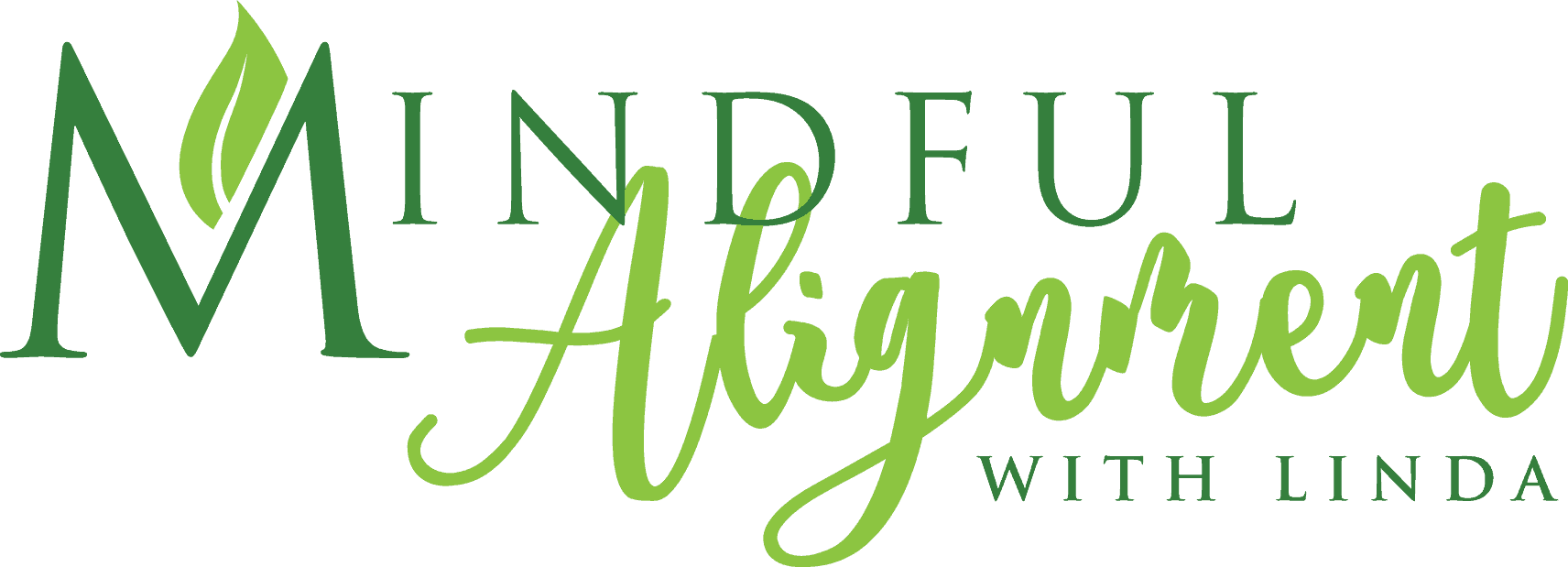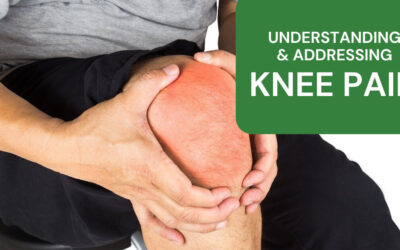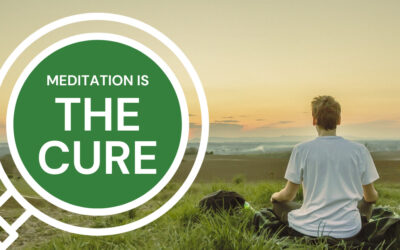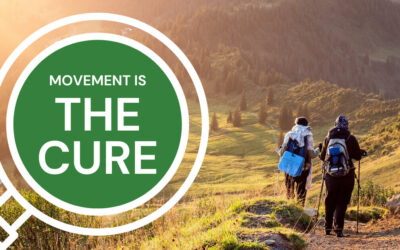Less Back Pain, Better Posture
The anatomy of the spine is fascinating because it provides a lot of information on how to improve one’s posture. Still, it’s important to note that the spine’s anatomy tells only half of this amazing story.
Body Bio-mechanics
The other half is bio-mechanics, that can be defined as the study of “human movement,” which is where chronic lower back pain comes into play! For example, overall posture is influenced by various other factors, such as the placement of one’s ribs.
If one “slumps,” this happens when the vertical position of the ribs becomes compromised, which then affects your body’s bio-mechanics. It’s important to note that bio-mechanics also directly influences posture, as well.
There are numerous bio-mechanical influences that you may control to improve your posture. Some of these bio-mechanical factors affect how you stand, sit, and lay down.
A common problem among those with poor posture is having a forward protruding chest and/or overdeveloped upper back muscles, which usually move the ribcage forward into an unnatural position.
This, in turn, forces the body to adopt a forward-head position, which increases the risks for even more bad posture and imbalance while walking and also increases the risk of the dreaded trip and fall accidents. The neck muscles are then weakened as the spine shifts forward, causing the head to move forward.
“Kyphosis,” an excessively curved spine, is caused by a combination of factors, such as muscle imbalances between the muscles of the back. In addition, excessive sitting at a workstation is also believed to negatively affect one’s posture.
As a result of prolonged sitting, the ligaments in one’s back are unable to keep the spine in its correct position. (“Lordosis,” for example, is mainly caused by muscle imbalances between the various back muscles.)
It is vital to stretch and strengthen the cervical and thoracic spine areas (neck and upper back). It is equally important to work on your core, gluteal (buttock muscles), and hamstrings, the key muscle groups involved in a “Kyphotic” posture.
Exercises for Kyphosis:
Many different types of exercises can help improve this condition. Here, we will only share mission-critical knowledge about some of the most important exercises, as follows:
Head Ramping
The muscle in the neck become stretched and weaker when the head is in its head-forward position. To exercise and strengthen the your neck, do the following.
- Lie on your back with either legs straight or knees bent
- Pull your chin back toward the floor
- Hold for 15-20 seconds
- Repeat 8 to 10 times.
Locust Pose
Core muscles that are strong and flexible are essential for a healthy spine.
- Lie on your stomach with your forehead on the mat
- Stretch your arms straight in front
- Press your pelvis down as you lift your arms and legs
- Hold for 20-30 seconds. Repeat 2-3 times while resting in between
Another option would be to lift just the arms and then lift just the legs. Gradually, work up to lifting both arms and legs in unison.
Arm Extension
This exercise aims to stretch overly tight muscles of the chest and strengthen weakened muscles in your back by stretching the chest muscles and strengthening the spinal extensor muscles.
- Start in a standing position with knees soft
- Engage your core muscles with the shoulder blades down and back
- Keeping this position, extend your arms to the side with palms up in a “Y” position
- Your thumbs will now be facing the back wall.
Chest stretch
Release tightness in your chest and shoulders
- Start by facing a wall
- Extend your right arm to the side until your arm is parallel to the floor with your palm against the wall
- Slowly turn your body to the left until you feel the stretch in your chest and shoulder
- After holding for 30 seconds, slowly turn back to face the wall. Be careful not to overstretch
- Repeat on the other side of your body.
In closing, be aware that Kyphosis may lead to other issues other than back pain—for example, respiratory complications and pinched nerves.
Bottom Line: A well-rounded exercise program focusing on proper form and optimal alignment will improve your posture and prevent back pain. Check back to learn more about my well-rounded exercise program in a future article coming soon.
If you would like help to reduce your pain or would like to know more information about my services, send me a message or call (973) 476-8661.
Are you tired of living with pain?
Are your activities and daily choices determined by your level of pain?
Are you ready to change your life for the better and gain back your physical freedom?
My unique and custom designed approach comes from years of training, education and experience. Together, we will get you back to living pain free and enjoying life.
Sign up for a private session today
It’s never too late to try something new.

Related Articles:
Understanding and Addressing Knee Pain
Knee Pain is a Common Ailment Knee pain is a common ailment that can significantly impact daily life, hindering mobility and causing discomfort. Understanding the causes and managing knee pain is essential for maintaining overall well-being, whether it's due to...
Meditation is the CURE
Meditation has gained recognition for having a profound effect on the mind and body, leading to improved overall health and longevity.
Movement is the CURE
Including movement into your day can be the cure to many health issues that plague us later in life. Movement has incredible benefits to overall health and helps promote longevity.



